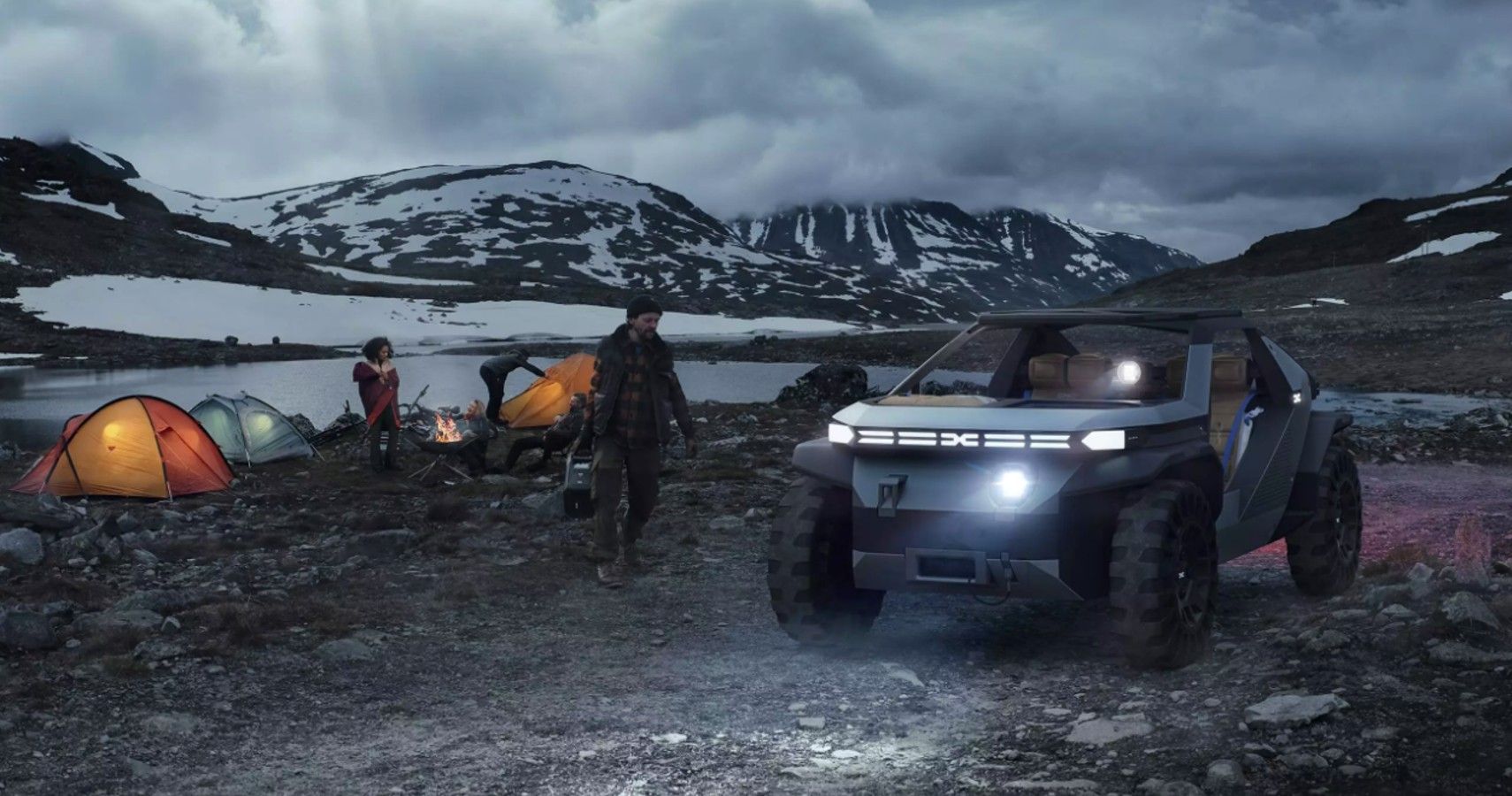The Romanian automotive industry has come a long way since the Ceausescu era and the Cold War, when it was designing boxy cars like the Dacia 1300 and the Oltcit or off-road vehicles like the ARO. Since the Renault Group acquired Dacia, the business has gradually undergone reinvention and revitalization. Long gone are the days when Romanian vehicles got associated with Communist “nomenklatura,” and today, most European consumers know Dacia as a budget car brand that manufactures vehicles at very affordable prices. Interestingly enough, even the quality has improved significantly in the past years, and the Duster and Sandero won various awards and received excellent consumer ratings. The Duster, for example, took home the award for Best Family SUV for Value and the Sandero won Best Small Car for Value at the What Car? Car of the Year Awards 2022.
Every year, Renault-owned Dacia impressed buyers with its offers, fresh direction, and reputation. Naturally, 2022 was no exception. In line with market demands and the move toward EVs, Dacia introduced an all-wheel-drive electric off-roader concept car — the Dacia Manifesto — which seems perfectly adapted for those who love the outdoors and prioritize daring adventures. For the Manifesto, the automaker has refined the deliberately minimalist design, which made Dacia distinguish itself from competitors. And the result is a cool-looking electric car that will attract the modern Indiana Jones out there, so here’s why this concept car deserves to make production.
Dacia Stripped Down The Manifesto To The Basics
Most automakers are competing on capabilities and who can pack the cars with more goodies, but Dacia takes the opposite approach by stripping down the vehicles to their bare essentials. This aids the automaker in reducing the costs associated with manufacturing and research and development. The Manifesto follows Dacia’s golden rule of offering comfort and a no- frills ride, while keeping the costs down for the buyers. The concept car's appearance nearly seems rudimentary and evokes ideas of The Flintstones exploring the Stone Age. When you look at the photographs of this car, you feel conflicted since it simultaneously evokes memories of Barney Rubble and Fred Flintstone and a space odyssey in the 1980s, when space lunar roving vehicles were then used. By no way does this suggest that the Manifesto is considered as outdated, but rather that it is futuristic.
This seems to be the ideal vehicle for those with a sense of adventure, without a care for car doors or even glass in the windows. Dacia, probably, designed the Manifesto while thinking of those who enjoy pitching their tents under the stars and seeking out new adventures everywhere they go —passengers can even turn the seat covers into sleeping bags.
Dacia also moved away from built-in infotainment. This allows passengers to focus on the driving experience and surrounding nature rather than the distractions that come from a large infotainment screen. The wheels, however, wrapped in airless tires seem too experimental for the Romanian company, and they remind us too much of Michelin, but we would still love seeing them on a Dacia vehicle. However, it isn't the same for the single stripped-back headlight that can be a torch — that’s already too Indiana Jones for most.
Dacia Does Recycling And Sustainability Right
According to Forbes, the car sector hasn't always put much emphasis on sustainable methods. However, the business magazine points out that lately, business executives are changing course because they see that the automobile industry needs to undergo significant change if it is to survive.
“Attitudes toward sustainability are maturing, and manufacturers are now leading the way in terms of sustainable change according to a recent survey by SAP and Oxford Economics,” says Forbes.
Dacia has also shifted gear and started focusing extensively on green practices and sustainability. The Manifesto showcases this new direction, and the concept car is an example of sustainability from the inside out. For example, Dacia has used cork and reclaimed rubber to cover the instrument panel and steering wheel. Did we mention that passengers can pin maps on the dash for their next road trip? Furthermore, the body panels are from a material dubbed “Starkle,” which is from recycled plastic.
Evidently, the sustainability push will work in Renault and Dacia’s favor. Currently, there is a relatively generous base of consumers and gearheads preoccupied with global warming and climate change; thus, they will appreciate the eco-friendly option and the return to circular manufacturing. Despite this, some design elements are too experimental for regular buyers, so Dacia might tone down some ideas, in an attempt to appeal to a larger consumer base. This means that even if the Manifesto makes it to production, the airless tires are probably out.


.jpg)
.jpg)